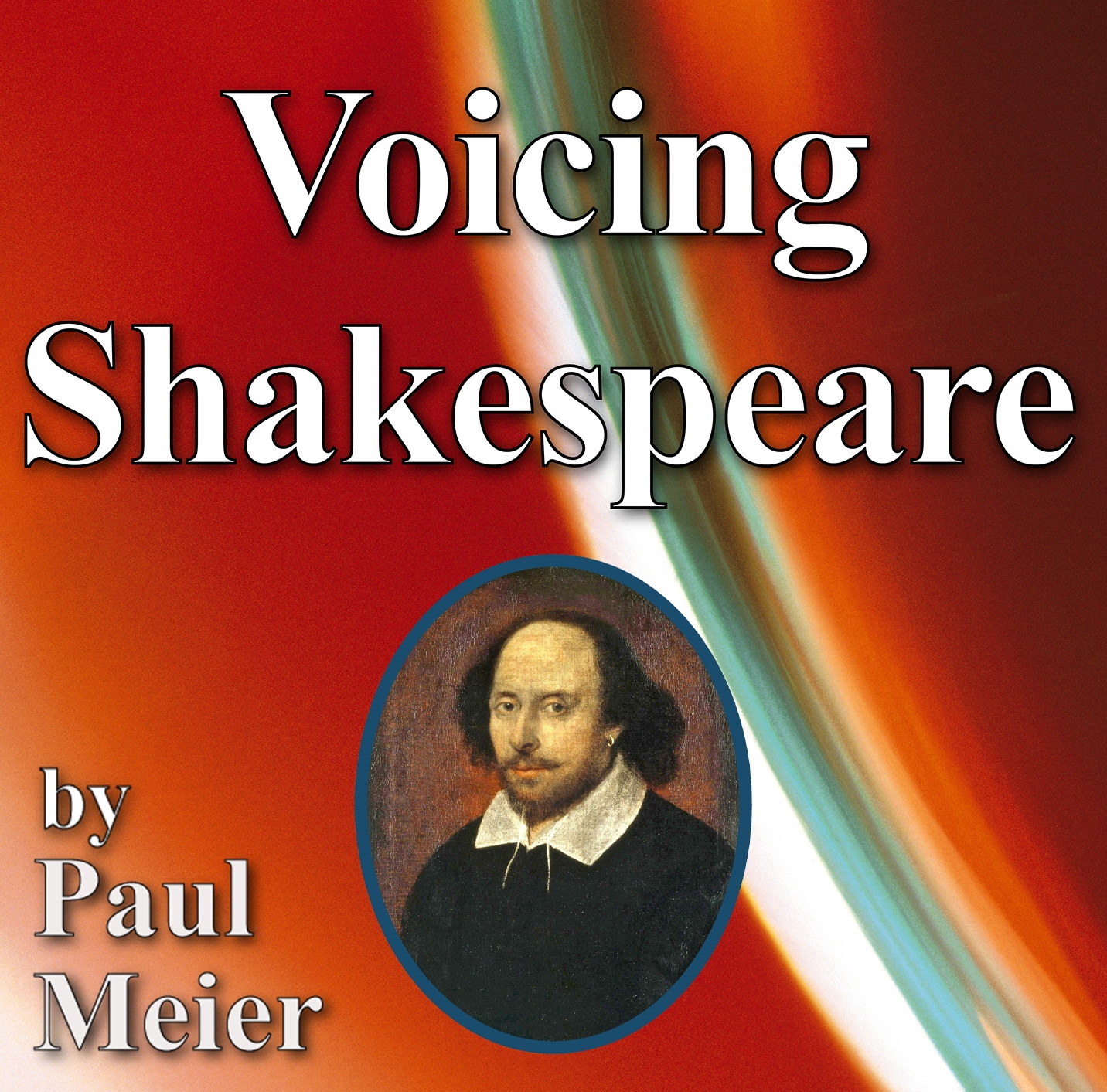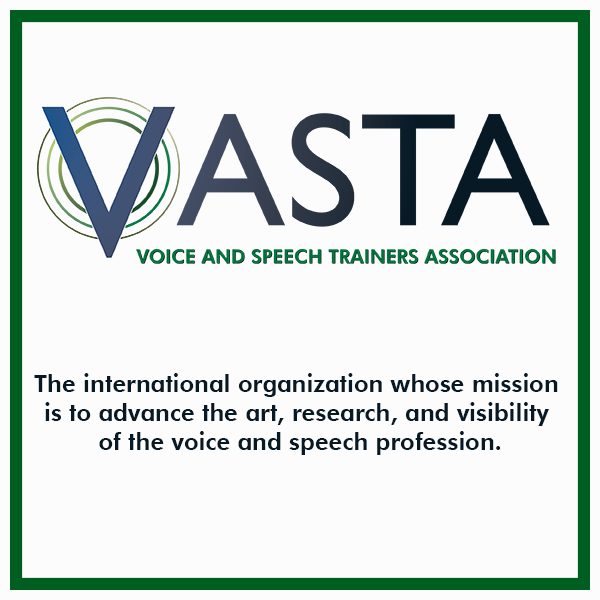Australia 3
Listen to Australia 3, an 18-year-old man from Melbourne, Victoria, Australia. Click or tap the triangle-shaped play button to hear the subject.
Both as a courtesy and to comply with copyright law, please remember to credit IDEA for direct or indirect use of samples. IDEA is a free resource; please consider supporting us.
BIOGRAPHICAL INFORMATION
AGE: 18
DATE OF BIRTH (DD/MM/YYYY): 1981
PLACE OF BIRTH: Melbourne, Victoria, Australia
GENDER: male
ETHNICITY: N/A
OCCUPATION: N/A
EDUCATION: N/A
AREA(S) OF RESIDENCE OUTSIDE REPRESENTATIVE REGION FOR LONGER THAN SIX MONTHS: N/A
OTHER INFLUENCES ON SPEECH:
His mother was born and raised in China.
The text used in our recordings of scripted speech can be found by clicking here.
RECORDED BY: Paul Meier
DATE OF RECORDING (DD/MM/YYYY): 10/12/1999
PHONETIC TRANSCRIPTION OF SCRIPTED SPEECH: N/A
TRANSCRIBED BY: N/A
DATE OF TRANSCRIPTION (DD/MM/YYYY): N/A
ORTHOGRAPHIC TRANSCRIPTION OF UNSCRIPTED SPEECH:
I was born and have been raised in Melbourne, Australia, in Victoria. Um, it’s a city. It’s a pretty large city I, I gather, but not compared to like the huge, like, New Yorks, LA’s of the world, but it’s about three and a half billion [million]. Um, yeah, it’s a, I like living there, it’s a really nice city, I don’t, I’ve been to Sydney and I have to say I don’t prefer Sydney. It’s a very dirty, tacky sort of place, not that, Sydney people wouldn’t, wouldn’t like me saying that. Um, yeah, I’ve, I’ve, my family’s, my dad’s from Melbourne. He was born there and raised there all his life, never lived anywhere else. They, my family lived in England for a while for a year, but I wasn’t born then. Uh, my mom’s from Hong Kong. Uh, she was born and raised there and then came to Australia when she was seventeen. And, um, since then she met my dad and they got married and since then she’s lived in Australia her whole life. My dad teaches engineering. He’s an engineering lecturer. Um, back in Australia, my mom’s a nurse and my sister who’s twenty-two is a physical therapist now she just graduated last year from University and now she’s working in the country in the country town in a hospital there. Very first memory, um, was when I was really small I used, uh, in my cot, in my bedroom, I, I remember there was a bird outside the window. It was an Australian bird and he made this noise which used to like, scare me, scare the daylights out of me and I would cry, every, every morning at five AM I’d wake up and hear the bird and cry. My mom just got like, she just couldn’t, she just got really annoyed by it because it would happen for a whole year. That every morning at five a.m. I’d wake up because this bird would wake me up and it was like its, ah, for me when I was that see, I still think of it now and it sounds like some horror movie sort of bird. It was really freaky, yeah, and so when I use to hear that, and still when I hear it now it sort of freaks me out a bit. Just hearing this, yeah, this strange bird that makes a really weird sound, just sings this really evil-sounding song.
TRANSCRIBED BY: Hannah Ballou
DATE OF TRANSCRIPTION (DD/MM/YYYY): 29/11/2000
PHONETIC TRANSCRIPTION OF UNSCRIPTED SPEECH: N/A
TRANSCRIBED BY: N/A
DATE OF TRANSCRIPTION (DD/MM/YYYY): N/A
SCHOLARLY COMMENTARY:
If you are a dialect researcher, or an actor using this sample to develop your skill in the accent, please see my instruction manual at www.paulmeier.com. As the speaker in this sample is a unique individual, it is highly unlikely that he will conform to my analysis in every detail. But you will find it interesting and instructive to notice which of my “signature sounds” and “additional features” (always suggested only as commonly heard features of the accent) are widely used by most speakers of the accent or dialect, and which are subject to variation from individual to individual.
COMMENTARY BY: Paul Meier
DATE OF COMMENTARY (DD/MM/YYYY): 10/11/2016
The archive provides:
- Recordings of accent/dialect speakers from the region you select.
- Text of the speakers’ biographical details.
- Scholarly commentary and analysis in some cases.
- In most cases, an orthographic transcription of the speakers’ unscripted speech. In a small number of cases, you will also find a narrow phonetic transcription of the sample (see Phonetic Transcriptions for a complete list). The recordings average four minutes in length and feature both the reading of one of two standard passages, and some unscripted speech. The two passages are Comma Gets a Cure (currently our standard passage) and The Rainbow Passage (used in our earliest recordings).
For instructional materials or coaching in the accents and dialects represented here, please go to Other Dialect Services.
 IDEA: International Dialects of English Archive
IDEA: International Dialects of English Archive




